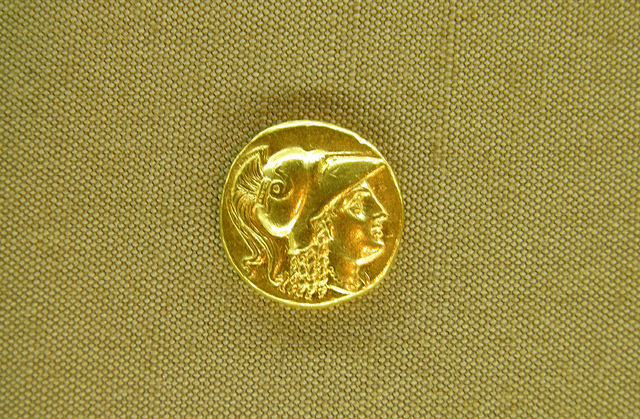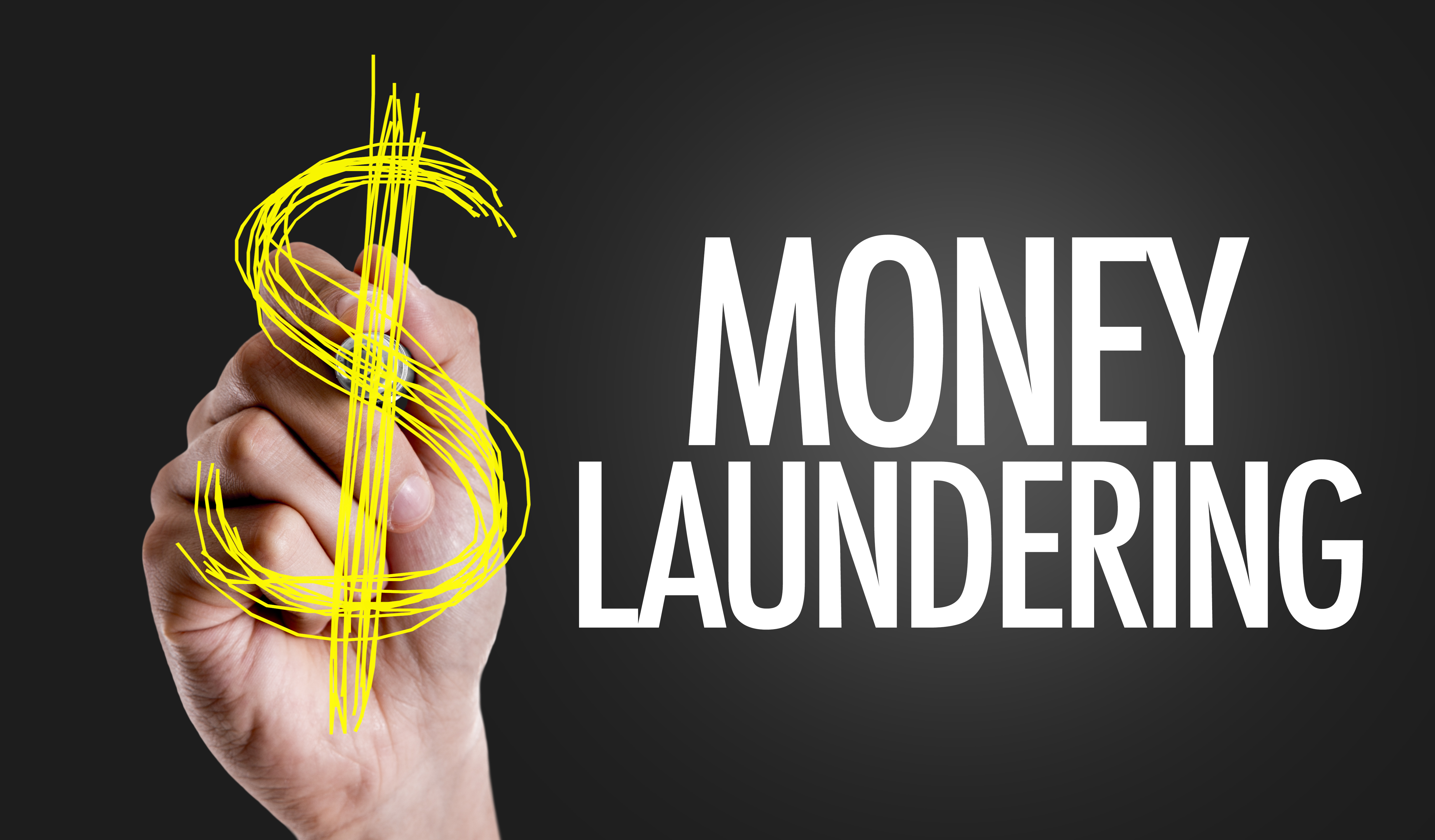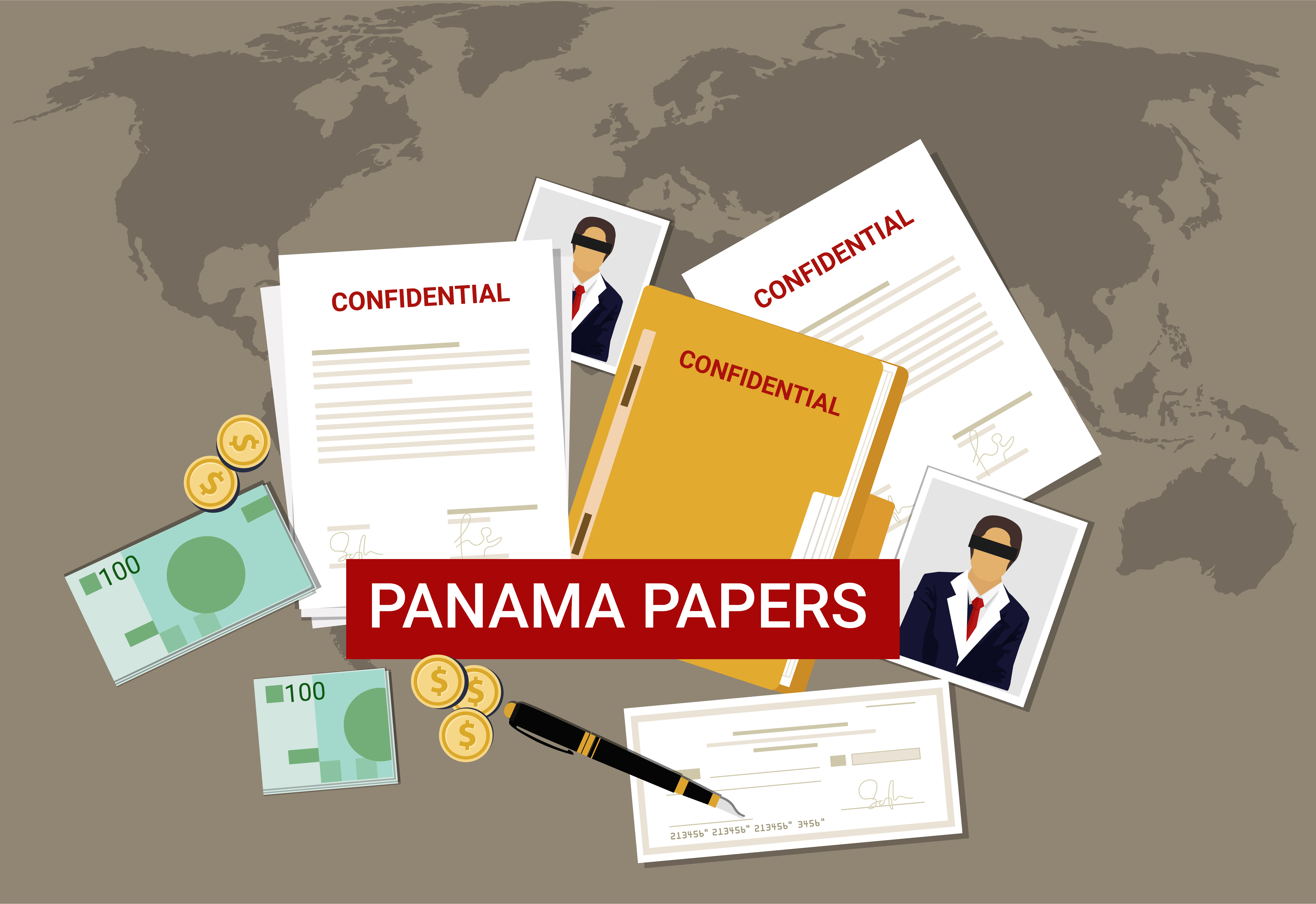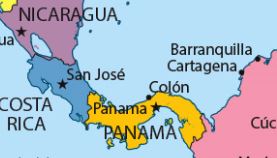Alexander’s haul from looting Susa, the capital of Persia. Revised estimate of value of one Athenian Talent
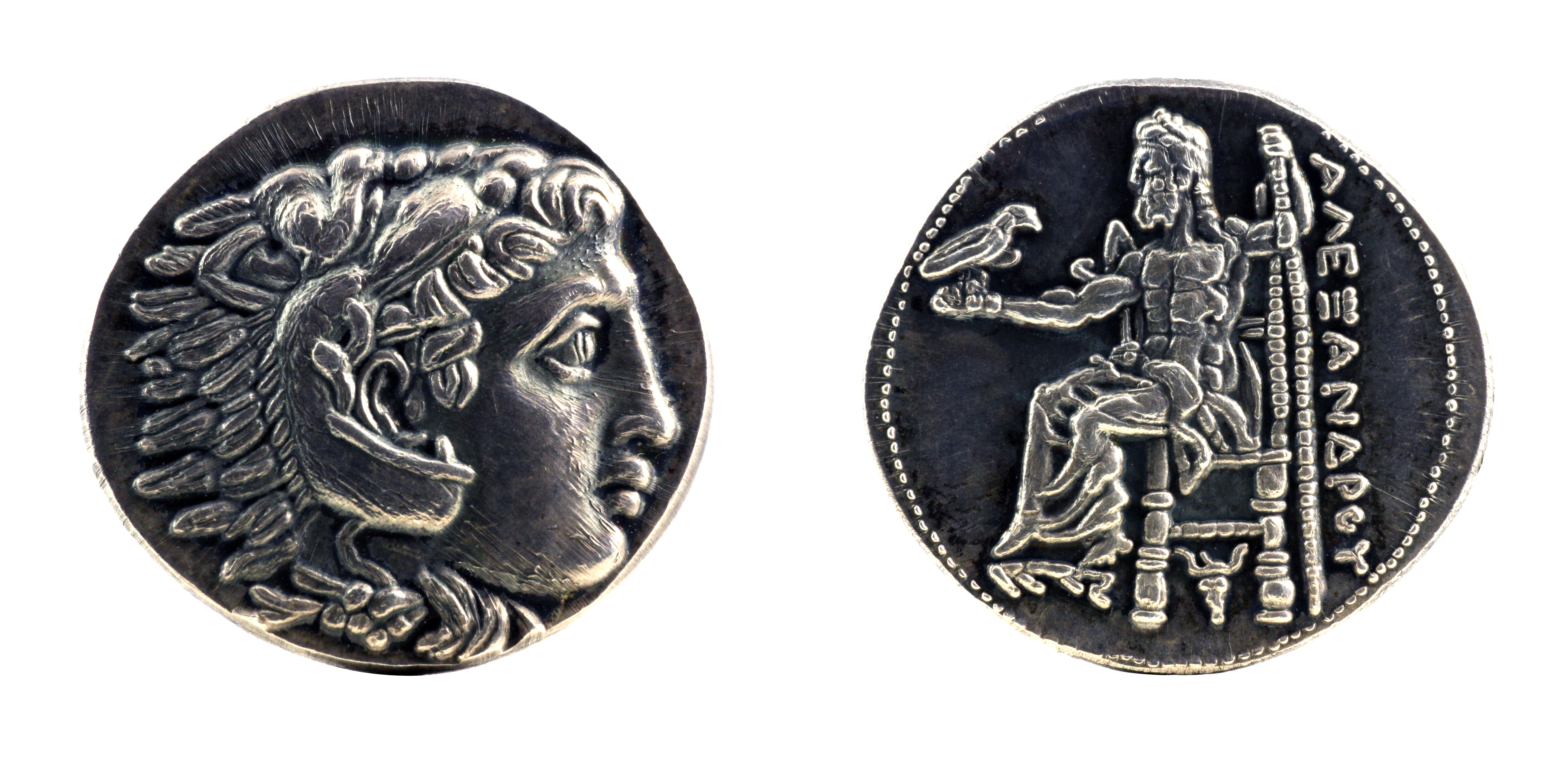
Update: I have revised my calculations here. Adjusted the value of an Athenian talent from 10 years salary today up to 400 years salary due to the dramatic improvement in our wealth and standard of living in the last 200 years (the Great Betterment). Also adjusted from estimated average wage in the U.S. of $20 an hour to average wage for skilled construction worker of $70,000 per year. That takes the rough valuation from $20 billion to $1,400 billion, or $1.4 trillion. That actually seems to make sense in a very rough way.
Continuing my discussion of a few tidbits of financial information from Alexander the Great’s military campaigns.
When Alexander approached Susa, the capital of Persia, news of his non-stop victories preceded him. Previous cities he captured surrendered before he arrived. That typically spared most citizens their lives and prevented the torching of the city.
Thus, Susa was handed to him without a fuss, except for a huge amount that Darius III carted off well in advance of Alexander’s arrival.
The author looks at the various reports of how much loot was acquired. Integrating the report that is likely to be most reliable with the other reports results in an estimate Alexander capturing a haul of 40,000 talents of uncoined bullion and about 10,000 talents of gold coin. The gold is roughly valued by expressing the amount what it would be in silver value.
Apparently the Persians didn’t cast most of their precious metals into coins, instead preferring to mint what they needed as they needed it.
Revised value of a talent
Multiple changes have shifted the relative value of gold and silver in relation to each other and in relation to their purchasing power. Instead of converting a talent of silver into ounces and converting that to current dollars at current exchange rates, I’ll start looking at piles of money in terms of average days wages.
Warning: I plan to update my valuation of a Talent based on the radical improvement in living standards that has developed since the Industrial Revolution.
…
